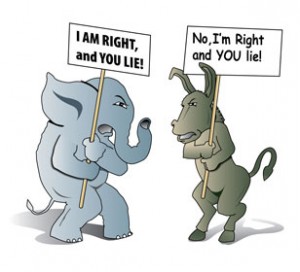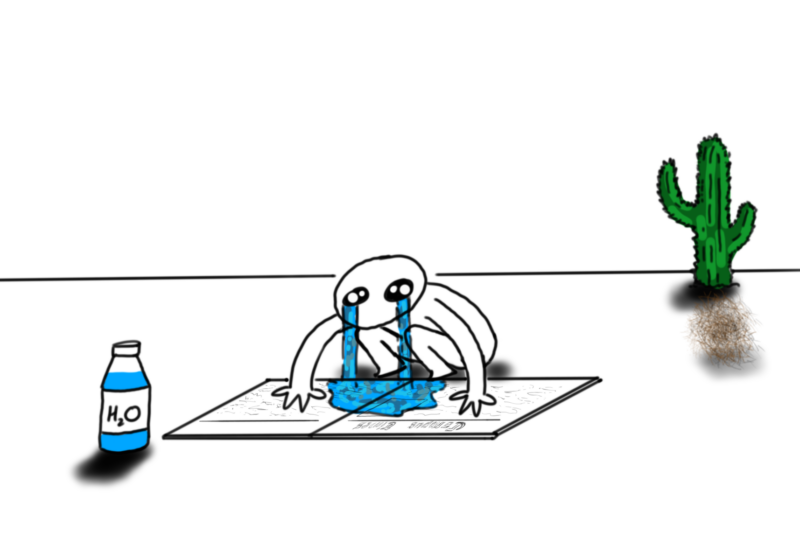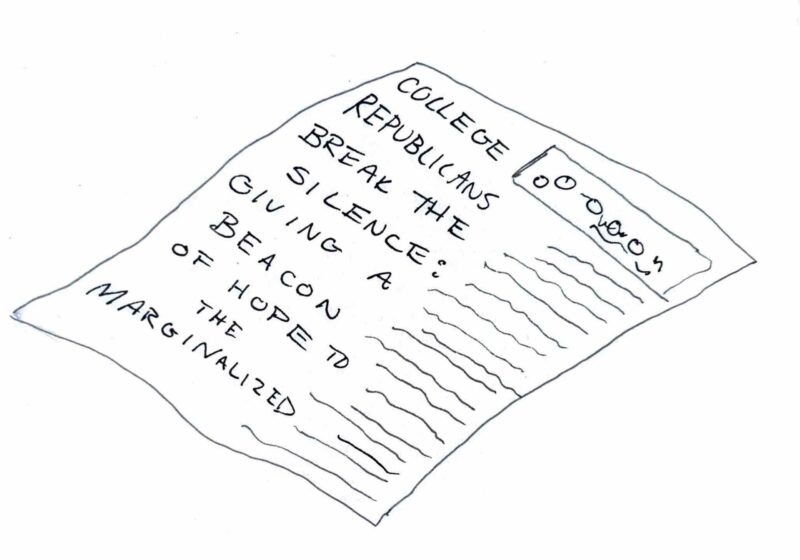
In 1950, the American Political Science Association’s Committee on Political Parties wrote a report called “Toward a More Responsible Two-Party System.” The report said that party leadership in Congress was far too lenient when it came to dissent within the party ranks, allowing members’ difference in positions to not be as important as they should. They said that in order for there to be a healthier democracy in the US, the country needed cohesive, top-down parties with clear agendas that can be carried out when in the majority. It also needed a cohesive minority party to criticize the majority party and act as an alternative.
In short, these political scientists wanted there to be more polarization. I know that sounds difficult to believe, but until a few decades ago, parties were not very cohesive, at least relative to today. Although most Democrats were to the left of the GOP on economic issues, just like today, the difference was nowhere near as great as it is today. And before the GOP realignment of the South, close to all Southern representatives were Democrats, regardless of their positions on other issues. Essentially all of them were fiercely anti-civil rights, more so than most Republicans.
In short, what party you were in did not tell you as much as it should have on what you believed in or what your goals were. Now, in this world of ultra-partisanship and angry disagreements that can border on the psychotic, this sounds like a quaint slice of heaven. Parties didn’t divide us, allowing us to work together to provide solutions, right? Wrong.
Some congressmen wanted complete government control of the economy, and others wanted no safety net or government interference at all. As said earlier, there was a deep federal division over civil rights. It wasn’t that there was no division. It was just not partisan division.
Since the 1980s, when the parties started to become more cohesive and polarized, bipartisan alliances have become rarer and rarer. People claim that the inability to work across partisan lines is bad for democracy. But, in fact, I agree with the 1950 report — although there are obviously disadvantages, it is better to have polarization, for some simple reasons.
It makes legislating easier. When a legislative chamber has a majority of members in one party, you basically know what the agenda of the legislature will be and what their ideas are. Sure, it makes politics more boring when you already know the results of most legislation in advance, almost down to the vote count, but politics wasn’t meant to be exciting.
I t makes the job easier for the voters and the activists. Today, when you vote for a Democrat or Republican, you mostly know what you’re getting. Voting for a Democrat means a more liberal direction and voting for the GOP means a more conservative direction. Perhaps you will not get everything, but you know the direction that they are striving for. You may not necessarily care about their positions when voting, but that’s a different issue altogether. Today, if you want the government to be on a certain side of an issue, you usually know immediately what party and candidates to support and campaign for. This certainly was not the case 60 years ago.
Here’s a perfect example of the mess that non-polarization can create. In 1956, Frank Church (D-Idaho) was elected Senator. He was liberal on many issues, especially civil rights. Because of his victory over the incumbent Republican, the Democrats kept the majority in the Senate. But because of that, Senator James Eastland (D-Miss.) was able to keep his chairmanship on the Judiciary Committee.
Eastland was a staunch segregationist who despised civil rights policy. If Church had lost, the chairmanship would have gone to a Republican who likely would have been open to civil rights legislation.
So in short, because a liberal won, a conservative was able to retain power. Does that sound like an efficient, easy-to-understand system?
This political science report was criticized by the Congressmen of the day, saying that the then-current system was working well. Of course, from the perspective of today’s polarized legislatures, they were either naïve or correct, depending on which side you take.





